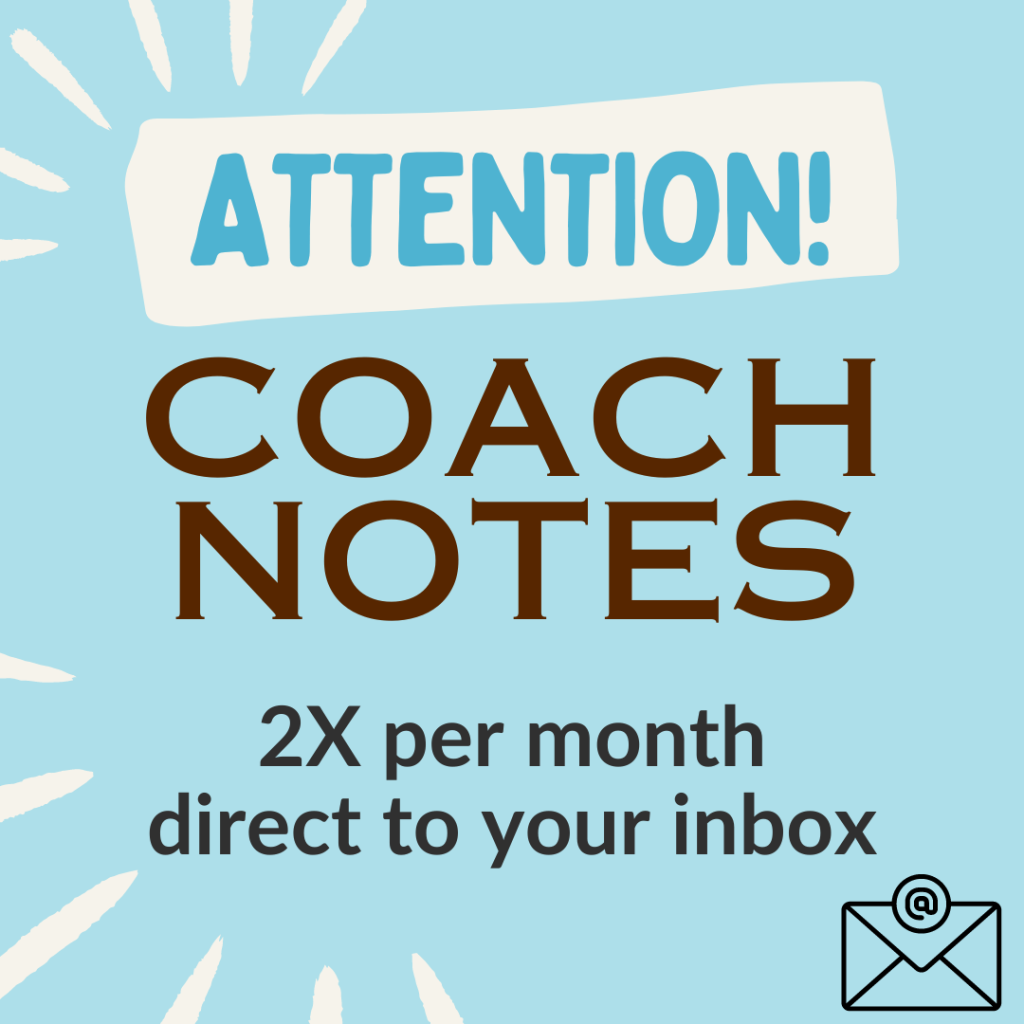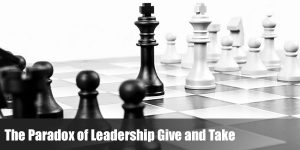If you’ve ever worked with a colleague who tells the same old stories over and over, you understand how people can distort reality to suit their purposes. And yet, most of do our own version of repetitive storytelling.
We form an identity of ourselves as a team members, colleagues, or friends by telling personal stories about our past. And we project the lessons we’ve learned onto our present situations. We let our past influence our present reality and in doing so, affect our future.
The fact is, personal stories serve to protect our egos it’s human nature. Our stories aren’t about what actually happened, but rather what we told ourselves happened. They’re founded on real events, but mostly on real emotions. They are stories that we’ve invented based on how we interpreted things back then.
Reframing Reality
Few of us take the time to evaluate our stories for how well they help us navigate the complexities of present day relationships and work teams. We hold onto the past because it’s all we know for sure. Then we try to figure out how we can do better the next time we’re faced with the same emotions.
Strong emotions are retained by the brain as memories of events. Without strong emotions, we forget events easily. So we end up with many memories of anger, disappointment, embarrassment, guilt, and revenge, which far outweigh our positive memories.
You can see how holding on to such memories primes the brain to be alert and distrusting in the future for similar situations. Yet with awareness of these strong emotions, we can choose to question our assumptions and reframe reality.
We can shift what we thought was reality into a more consequential story, one that promotes growth and success.
Looking Back to Look Forward
In Judith Glaser’s book Conversational Intelligence: How Great Leaders Build Trust & Get Extraordinary Results, the author suggests an exercise to look at the past, find new meaning from significant events, and create successful behavior patterns.
You can do this on your own, but it’s much more effective to do with a trusted partner, friend, or better yet, your executive coach. In this exercise, choose events in your life that are significant. Write them down and then ask for each event “What can I learn from this?”
Rather than bringing along the negative feelings, revisit the event and reframe the way you think about it. Aim to extract wisdom from the situation that you can take forward into your current and future life.
Step 1: Draw a Life Timeline
You can do this graphically using a line drawing, or make a list. Outline your lifeline into three segments: the first third of your life, second third, and last third.
Step 2: Identify Significant Events or People with Big Impact
Looking at each time segment, identify the events that had a significant impact on you. Write down some key words to anchor them. Find at least one episode in each time frame. Each experience will have a key event, people, a story you made up about it, and a takeaway lesson you formed at the time.
After identifying your timeline stories, share them with a partner or your executive coach.
Step 3: Find Patterns and Meaning
As you share your stories, ask your partner if he or she sees any patterns you may not have seen. Help each other to step back to see the big picture. As you get to the present, see the larger patterns in your life. Capture insights.
Step 4: Back to the Future
Each partner takes turns at looking into the future to see what’s next. How is this life pattern going to impact the future? Is there a pattern that you want to replicate, change, or do differently? Find the elements of wisdom for your life’s journey.
Step 5: Map Making
As you reflect on your life from this perspective, what lessons can you carry forward to enhance your personal or professional life? What are your biggest takeaways?
Trust in the Future
Everyone grows along life’s journey, some in ways that are beneficial, others in ways that restrict their potential. The point is to grow and evolve, not to repeat the same stories and diminish our possibilities.
When you do this exercise with your executive coach, you use your past to enhance the future. Personal growth and wisdom come from being able to look at the past and reframe and revise our stories so that we continue to evolve for a changing future.

Creator of the KASHBOX: Knowledge, Attitude, Skills, Habits
Helping You Realize Your Potential
I help people discover their potential, expand and develop the skills and attitudes necessary to achieve a higher degree of personal and professional success and create a plan that enables them to balance the profit motives of their business with the personal motives of their lives.











